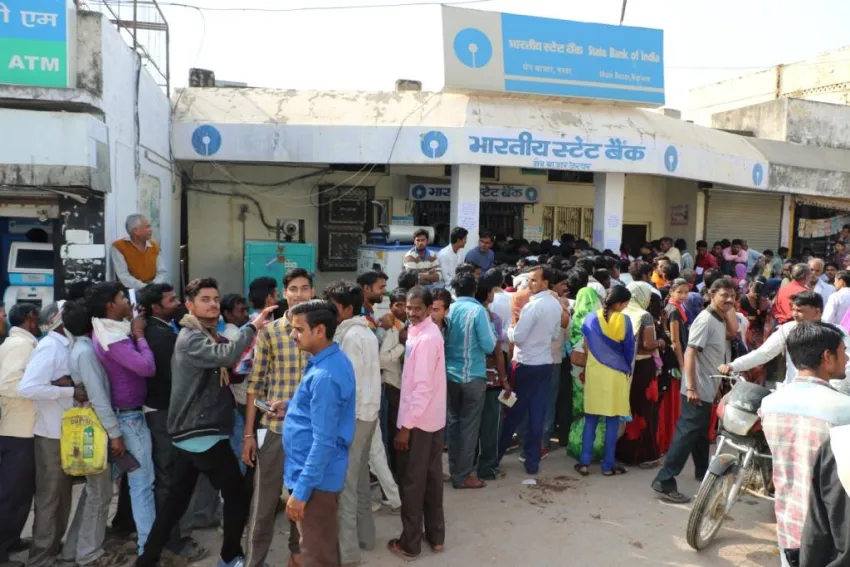
Indian regulators intensify efforts to solve banks' bad loan problems
Asset resolution will be a dominant theme in the sector over the next few years.
According to Fitch Ratings, in the short term, this is likely to create provisioning costs that will mean continued pressure on bank profits, and it is possible that further losses will push some weaker banks closer to breaching minimum capital requirements, unless they receive pre-emptive capital injections.
Here's more from Fitch Ratings:
However, the increased powers given to the Reserve Bank of India (RBI) to clean up asset quality, and to intervene in banks at an earlier stage when risks build, represents an important positive step toward ensuring a healthy banking system in the future.
The government's recent step to enhance the RBI's powers appears to be a signal to the regulator to assume a more interventionist approach to directly tackle banks' slow progress on bad loan resolution. RBI direction that pushes banks into initiating insolvency processes against borrowers could help to break a deadlock caused by concerns among bank officials that decisions on troubled borrowers will attract investigation by anti-corruption agencies.
Meanwhile, the RBI has made it easier for the majority of a borrower's joint creditors to agree and implement resolution plans without being blocked by a minority of creditors. These changes follow the RBI's revisions to its "prompt corrective action" framework last month, which gave it more tools to intervene in struggling banks at an earlier stage.
Regulation to speed up resolution is the logical next step to follow the asset-quality review and other measures that increased recognition of bad loans over the last two years. This was important as there has been little evident progress on bad-loan resolution, while the NPL stock has continued to rise, albeit at a slowing pace.
We believe this natural progression reflects stronger intent and willingness from the authorities to address the problem. There will be significant implementation challenges, but asset resolution is likely to strengthen over the next few years.
The resolution of non-performing loans is likely to require significant haircuts if the re-priced loans are to attract attention from private investors and asset-reconstruction companies. State banks, which hold the bulk of stressed assets, are likely to report low returns on assets for FY17 and any material recovery is likely to be delayed as resolution crystallises losses and forces a higher level of provisioning.
Further losses at some of the weakest small- to medium-sized state banks could pressure them to shrink, or to eventually exit the system by entering into forced mergers. We expect the authorities to manage this in a way that is least disruptive for the financial system, but the process will entail risks for investors of capital securities, at least in the case of weakest banks. We believe it has become more likely that the number of state banks will fall in the medium term.
The large state banks will also face higher provisioning costs and we expect them to eventually receive more capital from the government than has already been budgeted. However, very weak loan growth could mean that banks will require less new capital by FYE19 than we had previously estimated. Bank loan growth reached a multi-decade low of around 5% in FY17, and looks set to remain low for the next one to two years.
Demonetisation has had a net beneficial impact on the sector by triggering a sharp influx of low-cost deposits, and there are signs that banks are retaining a higher proportion of these deposits than they had initially predicted. The resulting decline in funding costs may not be enough to counter the pressures of income loss and weak growth, but should allow banks some more room to absorb higher provisions and lessen the impact on their capital.












 Advertise
Advertise










